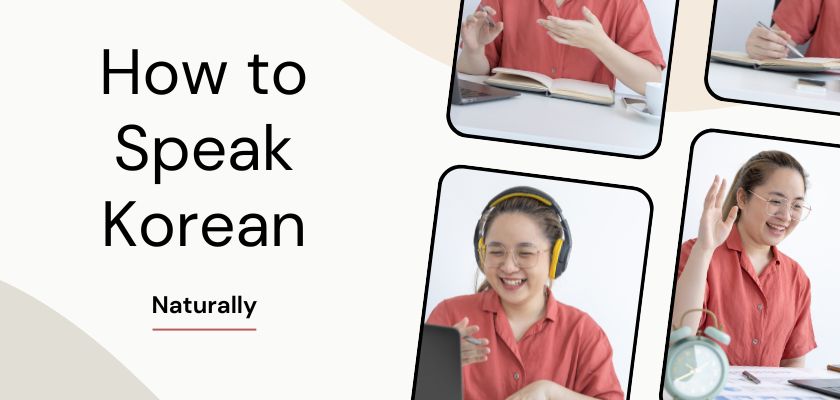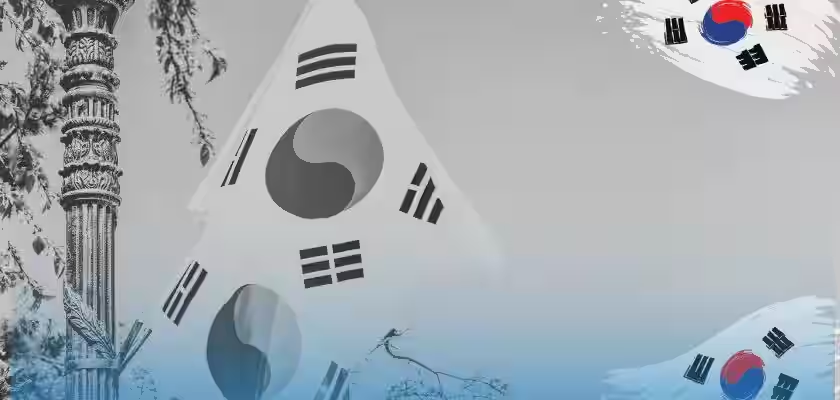For over 13 years, I’ve been teaching Korean, and I want to write about a common concern many students have.
The question is: why, despite working so hard, do their Korean skills not improve as much as they expect? In this blog, I’ll clearly explain the causes and solutions without any ambiguity.
To make it easy to understand, I’ve illustrated the story by comparing swimming to learning Korean. I hope you’ll read it while reflecting on your own experiences with studying Korean.

There were two swimming coaches, Gramo and Practo.

New students came to learn swimming and were assigned to either Gramo or Practo.

Gramo believed it was too risky to enter the water without knowing the basics of swimming. So, he made his students sit at their desks and gave them swimming textbooks.
The first mistake beginners make when deciding to learn Korean is choosing the study path, which most learners tend to follow.

On the other hand, Practo didn’t require any prior knowledge of swimming. She told her students to get into the water right away.
The alternative is the practice path. This refers to jumping straight into Korean conversation without focusing on prior knowledge, like grammar.
Click to Learn Korean Through Stories!

Gramo taught his students about the basics of swimming, like the history of swimming, how buoyancy works, proper breathing techniques, how to float, what to do if you swallow water, and how to handle emergencies.
On the study path, acquiring knowledge is the top priority.

Practo encouraged her students to slowly put their feet in the water to feel the temperature. Then she told them to submerge their whole bodies and move in the water. She had them try walking, jumping, and putting their faces underwater.
In contrast, on the practice path, learners focus on directly using their speaking and listening skills rather than studying rules and knowledge.

A week later, Gramo continued teaching his students the basics of swimming. The students eagerly absorbed new knowledge. Whenever they didn’t understand something about swimming, they asked questions enthusiastically.
Those who follow the study path are typically dedicated to mastering grammar, pronunciation, and vocabulary with great enthusiasm.

Gramo was a great swimming coach because he answered all their questions in detail, and the students trusted him a lot.
Students on this path often take pride in understanding the knowledge they’ve gained, believing firmly that if they continue to work hard, they’ll eventually see results.

Meanwhile, Practo demonstrated how to swim and encouraged her students to follow her example. But her students were scared of the water. Seeing this, Practo supported their bodies in the water and told them to move their arms and legs. Some students, feeling tense, swallowed water or started coughing, while others sank.
Meanwhile, learners on the practice path are bound to make many mistakes.

Practo praised them for their efforts, but the students felt frustrated, thinking she hadn’t taught them swimming properly.
The teacher leading the practice path waits patiently, believing in their students. However, those who think that mastering Korean knowledge is a requirement for language learning often distrust this approach.

Gramo and his students laughed as they watched Practo’s students struggling and swallowing water.

One month later, Gramo’s students were still learning about swimming. Then, one student suddenly stood up and said, “It’s been a month since we started learning about swimming, but we’ve never been in the water. Isn’t that strange? I want to swim now.”
At a certain point, students on the study path start to realize that no matter how much they study, they might never be able to actually speak Korean.

The student confidently walked towards the pool, ready to use the knowledge she had learned to swim. But when she got to the edge, she became afraid of the water and couldn’t go in.
As a result, they try to use the knowledge they’ve gathered so far to have conversations in Korean. But things don’t go as planned—in fact, they hardly work at all.

She quickly returned to Gramo, and Gramo said, “You’re scared because you’re trying to swim without fully learning it yet. That’s why I’ve been teaching you properly.”
At this stage, students on the study path make their second mistake: despite realizing they can’t speak Korean, they assume it’s because they still lack sufficient knowledge. So, they double down on studying even more.

Three months later, Practo’s students, even though they sometimes swallowed water and didn’t swim perfectly, could swim on their own. As they practiced, they gradually improved and learned new skills.
If you’ve been studying Korean for three months and still can’t have basic conversations, it’s time to reconsider your approach. Many learners make the mistake of thinking they need to study grammar and vocabulary first before they can speak. The truth is the opposite: you should learn just enough basic grammar and vocabulary to start speaking, and as you converse, you will naturally fill in the gaps.

At this time, Gramo’s students watched Practo’s students swimming awkwardly. They said, “We’ve mastered all the basic swimming knowledge. Our heads are full of facts about swimming, and we’re ready to show you how well we can swim.” Then they confidently jumped into the water.
Once learners on the study path master basic grammar, they feel eager to apply what they’ve learned.

As they entered the water, the first student suddenly felt so cold that she had a temporary heart problem and had to go to the hospital. The other two hit their heads on the pool floor.
But at this point, frustration hits hard.

They tried to apply what they learned, moving their arms and legs, but they couldn’t swim more than a few meters before swallowing water and panicking.
They realize that all the time and energy they’ve poured into studying Korean hasn’t yielded the expected results.

Gramo’s students, who had learned Korean basics from a great teacher but couldn’t speak in front of native speakers, pondered. The first student judged it was because he lacked a natural aptitude for swimming and decided to quit swimming from that day onward.
Many Korean learners give up early, and the reason is simple: they don’t see the progress they expected despite their effort, so they feel discouraged. Unfortunately, they often mistakenly believe that the problem lies in their own lack of talent for languages.

The second student, who tried swimming a month later, realized that she had only focused on theory and never actually tried swimming. But after the experience, she became afraid of the water and told herself she was too busy to learn swimming.
To clarify, quitting Korean isn’t about being too busy—it’s about not seeing the results you hoped for, despite your hard work.

Lastly, the third student thought he couldn’t swim because he hadn’t learned enough yet. He decided to go back to Gramo for more lessons.
The worst-case scenario is when someone knows the study path didn’t work for them, yet continues down that road, believing they just didn’t study hard enough.
Click to Learn Korean Through Stories!
Let’s think about why the Gramo students couldn’t swim, while the Procto students could.
Actually, everyone is born with the ability to swim.
Gramo continued to impart knowledge to them while ignoring their abilities, while Practo helped her students develop their natural ability to swim.
Learning a language is no different.
You already possess the language ability to speak Korean.
Through this story, I’ve shown the difference between unsuccessful and successful language learners.
Most learners believe that the time, money, passion, and stress they invest in learning Korean are all necessary, and they work hard as a result.
But all of that effort only wears you out without yielding real results.
Stop studying Korean, and shift your focus entirely to practice.
The practice path won’t drain your time or money, and it won’t exhaust you.
It will give you real, tangible results, making learning Korean an enjoyable journey..

